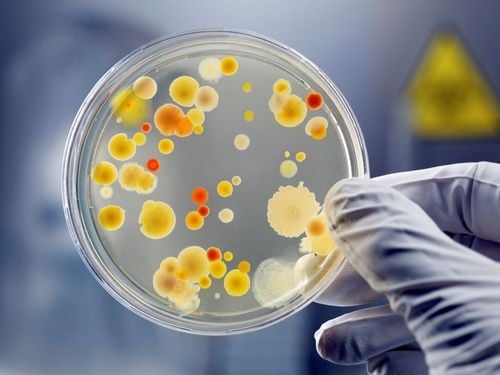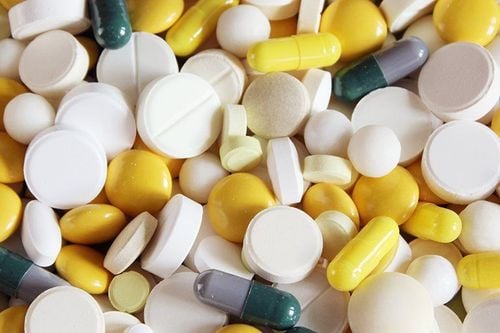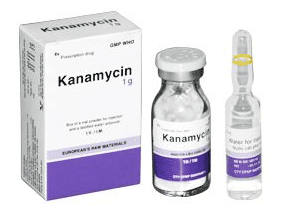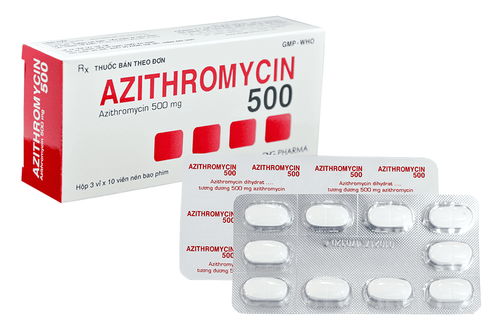This is an automatically translated article.
The article was professionally consulted with Master, Doctor Tran Thi Vuong - Doctor of Microbiology - Laboratory of Laboratory - Vinmec Hai Phong International General Hospital.In fact, there are many ways to identify bacteria, of which gram staining is a method invented in 1884 and still valid today for the rapid classification of bacteria into 2 large groups with distinct properties.
1. What is the gram staining method?
Gram staining is a method based on the physicochemical properties of the cell wall that classifies bacteria into two types, gram-negative bacteria and gram-positive bacteria. Gram stain can be performed on either body fluids or on biopsies on suspected bacterial infections.Gram staining is a faster method of identifying bacteria than culture, which helps in early differentiation of infectious diseases to determine the direction of treatment as well as disease prognosis. The reagents to be used for this method include:
Gentian violet solution Lugol solution Acetone alcohol bleach Fuchsin red solution

2. Gram staining process
The gram staining procedure will include the following steps:Spread the specimen or bacteria evenly onto a clean slide; Fix the specimen by heating over the flame of an alcohol lamp and letting it cool; Dyeing steps: First coat with Gentian violet solution and leave for about 30 seconds, then rinse under running water. This step will help stain all bacteria purple. Next, cover with Lugol's solution to fix the color, also leave for about 30 seconds and then wash under running water. The solution will help attach the purple color to the bacteria whether it is dark or light depending on its type. Decolorize with acetone alcohol for about 30 seconds and wash with water. This is a very important step to distinguish between bacteria that have been firmly attached to the purple by Lugol's solution and those that have been washed away. Finally, cover with Fuchsin red solution for about 30 seconds and then wash it under running water. If the purple dye has been bleached, it will be red again, and the bacteria that have been dyed purple will not be affected. Let dry naturally Look under the oil objective
3. Gram staining mechanism of 2 types of bacteria and results obtained
Bacteria are characterized by a thick layer of peptidoglycan in the cell wall that helps to keep the crystalline purple complexes, so after gram staining, it will get a Gentian dark purple color and will not be bleached after using bleach alcohol 950. These bacteria will be analyzed. types are gram-positive bacteria such as: staphylococcus, pneumococcus, streptococcus,...Bacteria with a thinner peptidoglycan layer and an extra layer of lipopolysaccharide outside cannot retain the crystal violet-iodine complex and will be decolorization. Then, when using Fuchsin solution, these bacteria will turn red or pink. These bacteria will be classified as gram-negative bacteria.
Thus, it can be seen that the bleaching step is very important and requires certain skills because the ability to catch the color of Gram-positive is not absolute.
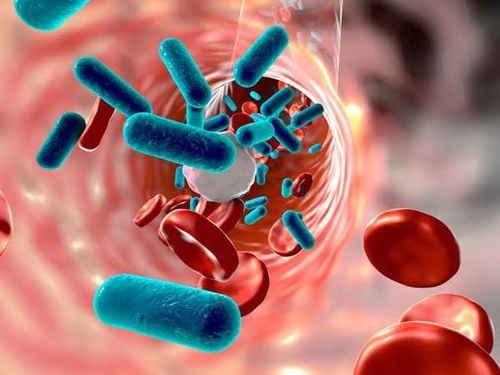
4. Notes on the causes of erroneous results
False positive gram-positive bacteria due to the following factors:The specimen is fixed when it is not dry or too thick Color of the dye residue causing falsification of the result Lugol has not been poured completely for color fixation Bleach has not had enough time for analysis Accurately distinguishing Fuchsin solution too dark or staining for too long False gram-negative bacteria due to reasons such as not changing Lugol or alcohol bleaching too long and not rinsing well.
Please dial HOTLINE for more information or register for an appointment HERE. Download MyVinmec app to make appointments faster and to manage your bookings easily.





